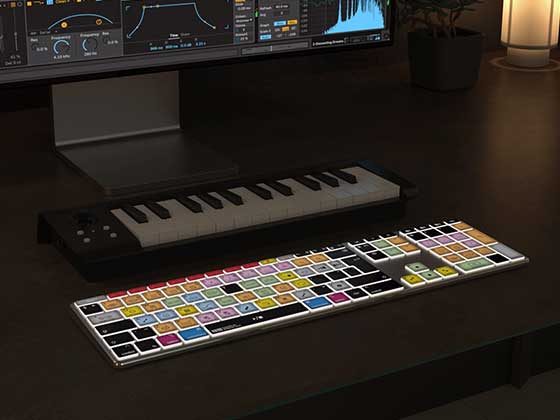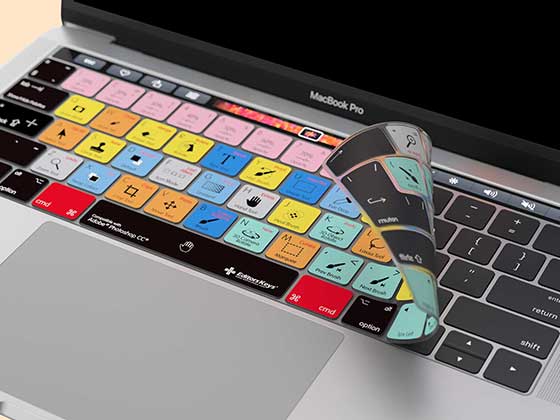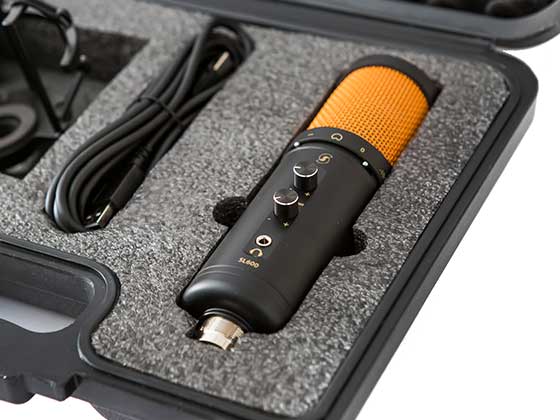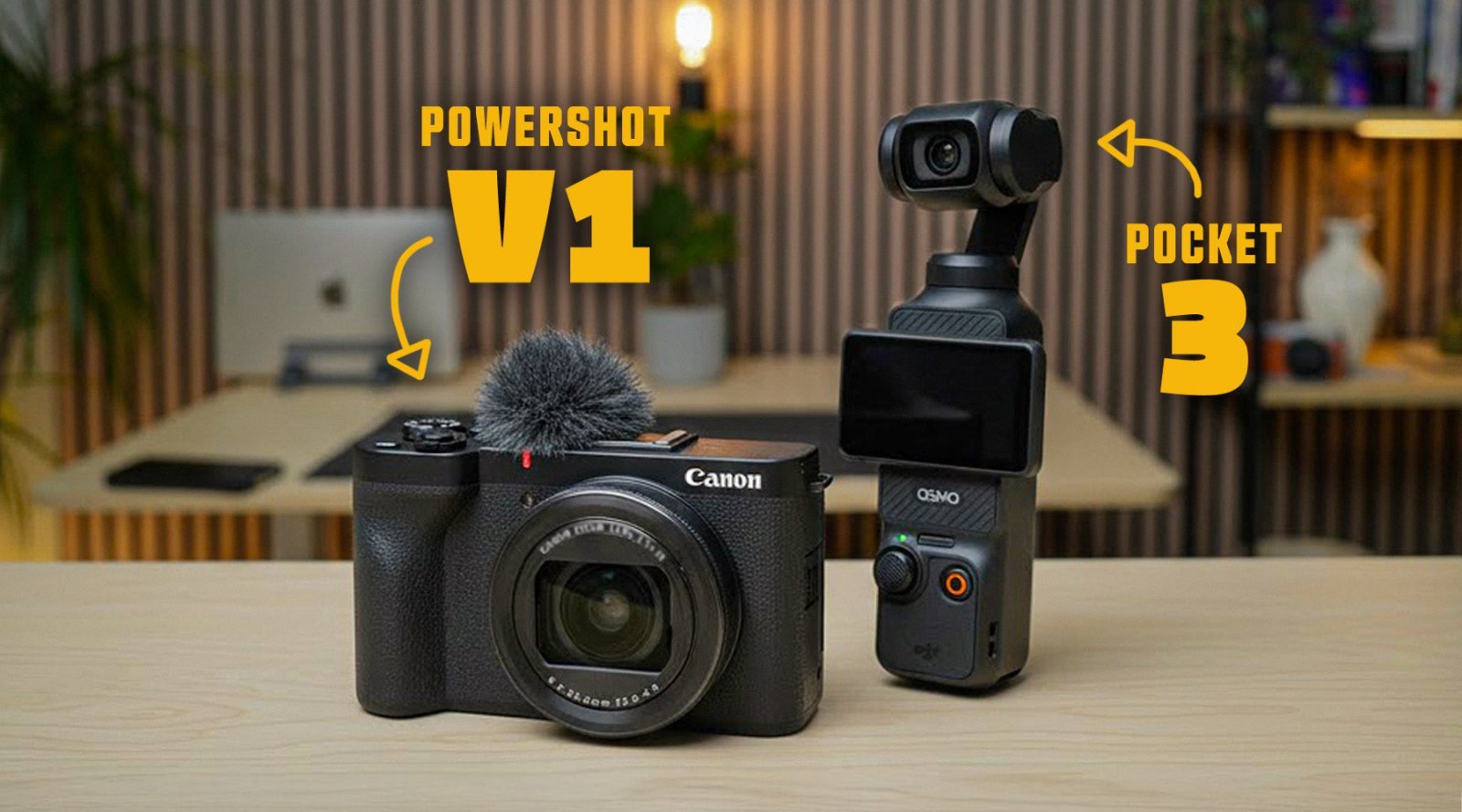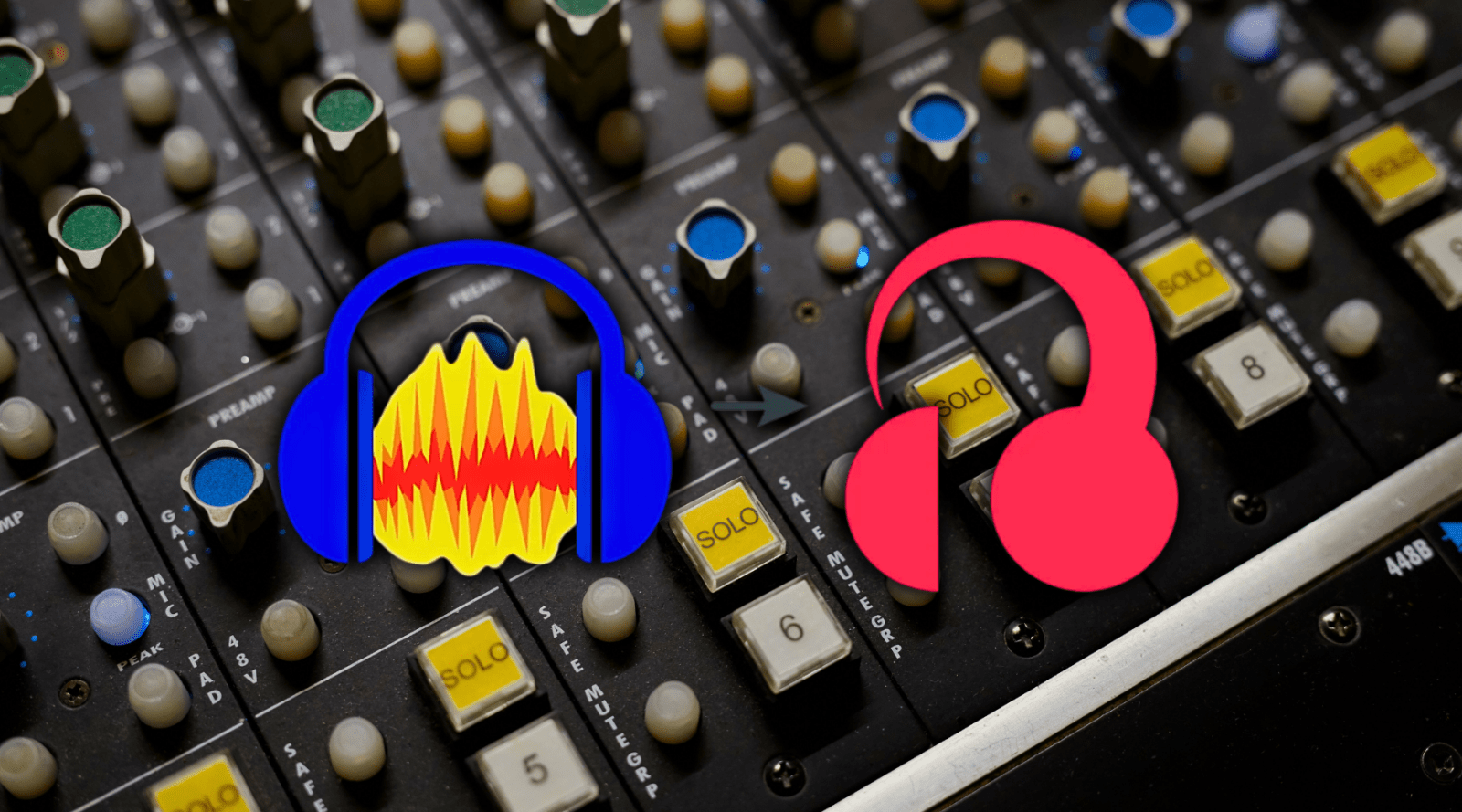Canon recently hosted a camera launch event in London to unveil the Canon EOS C50, a new addition to its Cinema EOS line. Editors Keys' very own videographer, Lewis attended the event and provided an overview of what was shown, what’s new, and what the camera offers.
Event Overview
The event brought together filmmakers, camera operators, and creators to see Canon’s latest cinema camera first-hand. After an introductory networking session, Canon’s team presented the company’s journey from the 5D Mark II and C300, which marked its move into cinema production, through to the modern Cinema EOS range.
Canon then introduced the EOS C50, describing it as a compact yet professional camera designed for both solo creators and production teams.
A presentation by filmmaker Will Perez followed, focusing on creative motivation and how Canon’s new tools aim to make professional cinematography more accessible.

Camera Overview — Canon EOS C50
After the presentation, attendees, including Lewis, tested the EOS C50 in a studio environment with a live band setup. The session was designed to demonstrate the camera’s handling of sound, lighting changes, and movement.
Key Observations:
-
The camera managed loud, dynamic sound well, maintaining clear levels.
-
Autofocus was fast and accurate, even in challenging lighting.
-
The bright 3-inch touchscreen display was effective for monitoring.
-
The modular body design allowed for easy rigging and mounting accessories.
-
Despite being compact, it handled like a professional production camera.
Technical Specifications
Canon presented a detailed breakdown of the C50’s capabilities and new technologies:
Sensor and Recording:
-
7K full-frame CMOS sensor with Open Gate recording (3:2).
-
Records Cinema RAW Light internally at up to 7K/60p.
-
Oversampled 4K up to 120 fps and 2K up to 180 fps.
-
Supports 12-bit RAW and 10-bit 4:2:2 H.265 recording.
-
Can capture 32-megapixel stills.
-
Allows users to switch between Full Frame, Super 35 mm, and Super 16 mm modes.
-
Offers Simultaneous Crop Recording, enabling full-frame capture while generating cropped social-media-ready output.
Autofocus and Image Processing:
-
Uses Dual Pixel CMOS AF II with EOS iTR AF X for precise subject tracking.
-
Tracks humans and animals by face, eyes, and body position.
-
Offers dual base ISO (800/6400) for improved low-light performance.
-
Up to 15 stops of dynamic range in Canon Log 2 and 3.
Audio and Connectivity:
-
Four-channel 24-bit audio with independent level control.
-
Detachable top handle with dual XLR inputs.
-
Full-size HDMI, timecode, mic, headphone, and USB-C ports.
-
Wi-Fi and UVC/UAC streaming support for direct live streaming.
-
Compatible with Canon XC Protocol and Frame.io Camera-to-Cloud workflows.
Design and Build:
-
Compact, lightweight body (under 700 g).
-
Multiple screw mounts for rigging and accessories.
-
High-brightness touchscreen with auto-rotation for vertical or horizontal use.
-
Modular handle for flexible setups.
-
Dual card slots (CFexpress Type B and SD).

Notable Features
-
Open Gate recording allows full-sensor capture for later reframing or anamorphic workflows.
-
Hybrid stills and video capability bridges cinema and mirrorless functionality.
-
Built-in connectivity enables live streaming and cloud collaboration.
-
Simultaneous crop output allows social-format video capture in-camera.
Limitations
While the C50 adds major new capabilities to Canon’s cinema range, several features were omitted:
-
No in-body image stabilisation (IBIS) — lens or gimbal support is required.
-
No built-in ND filters, which many cinema cameras include.
-
No EVF — users rely on the LCD or external monitors.
-
High media requirements — 7K RAW recording demands fast CFexpress B cards and can reduce battery life.

Final Thoughts
The Canon EOS C50 represents a strong step forward in Canon’s cinema lineup. It delivers 7K RAW recording, advanced autofocus, and extensive connectivity in a compact, modular body suitable for a wide range of productions.
From Lewis’s experience at the event, the C50 feels both approachable and professional — suitable for independent filmmakers, YouTubers, and production teams needing high-quality results in a portable form factor.
Canon has announced that review units will be available soon, and Editors Keys will publish a full hands-on review once Lewis receives the camera for testing.

